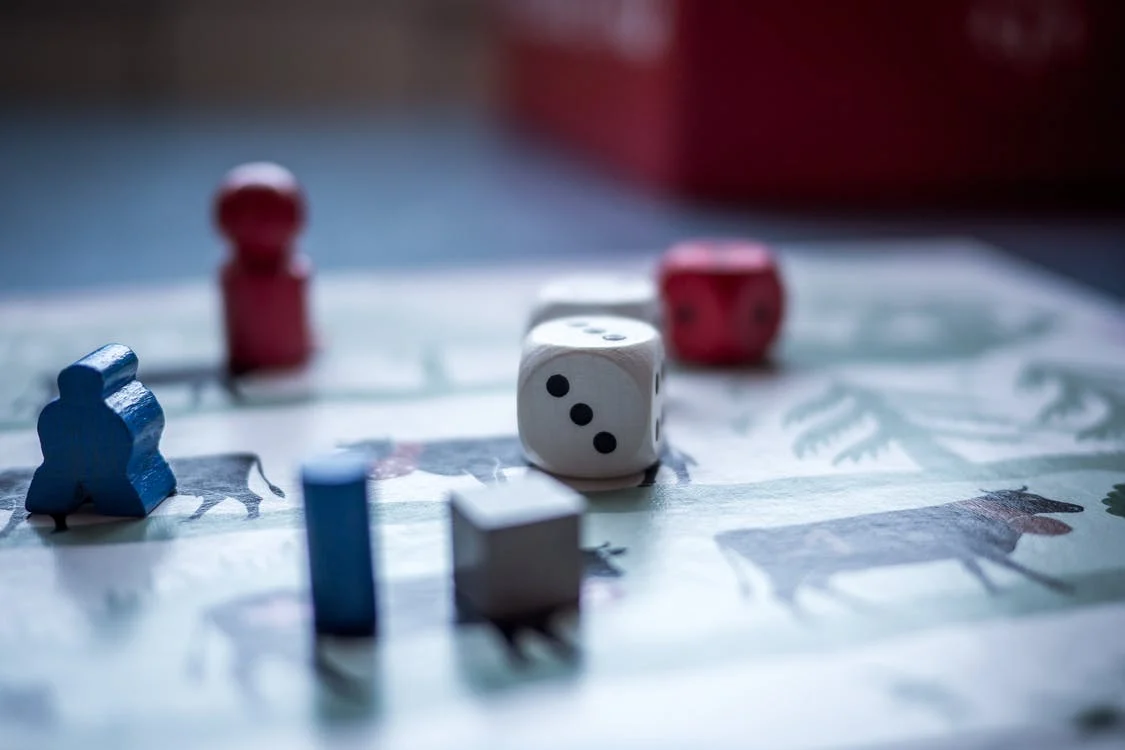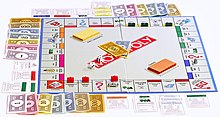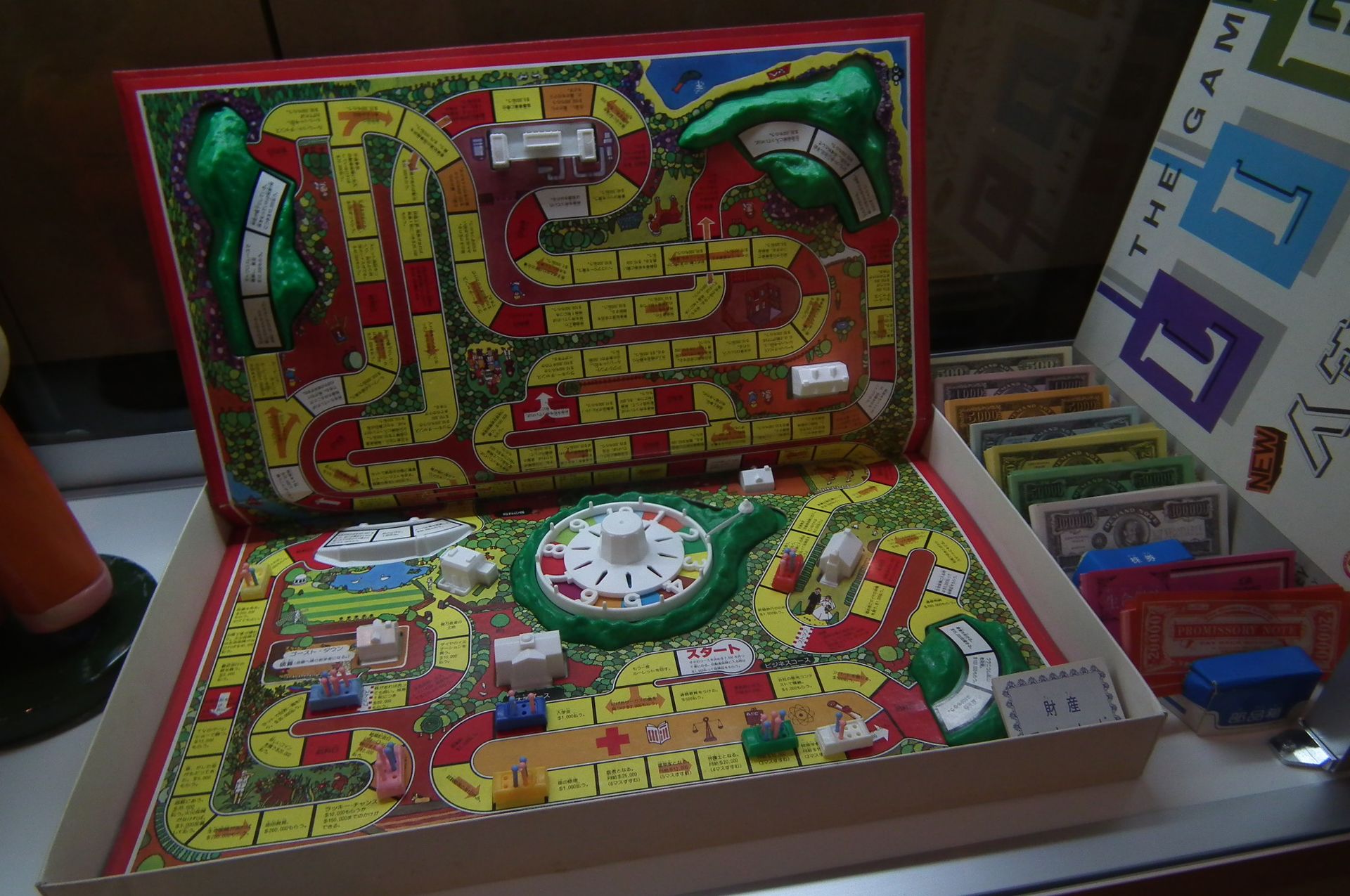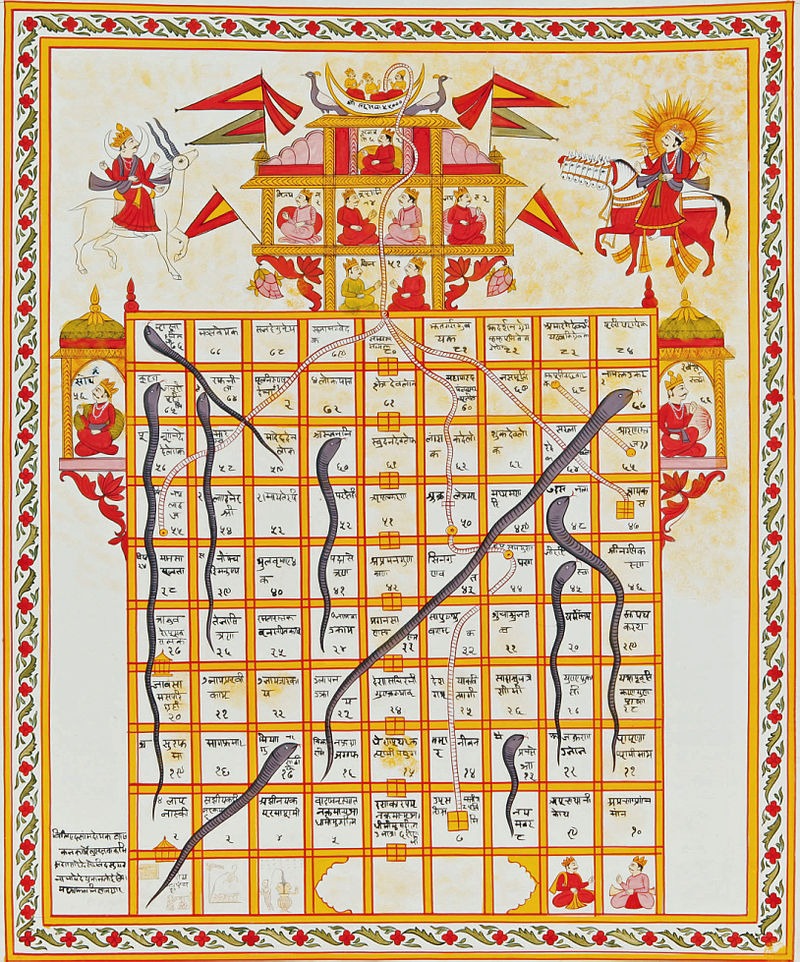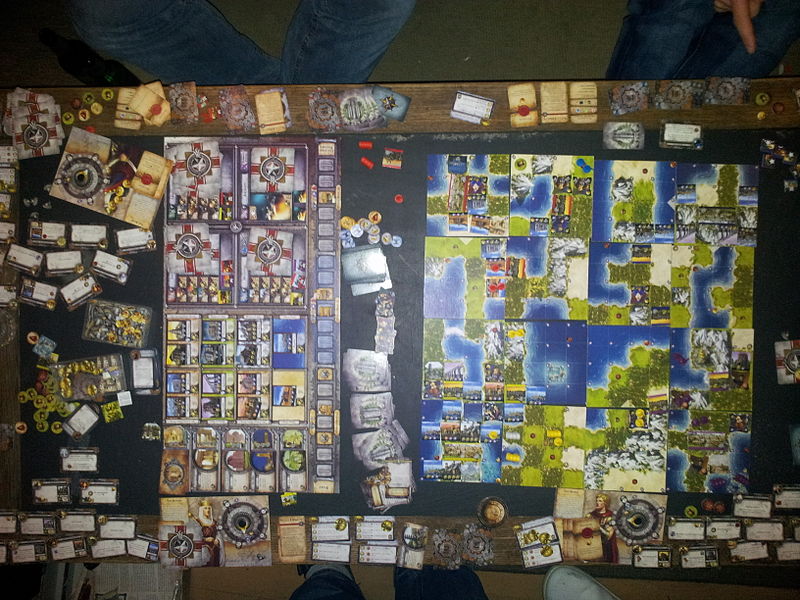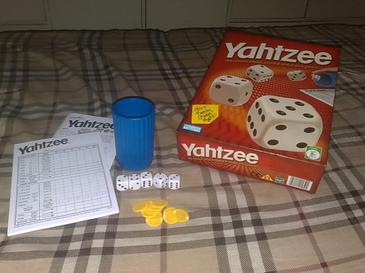Throughout history, board games have been a feature of the majority of nations and societies. The oldest known board game is Senet, unearthed in Ancient Egyptian tombs dating back to 3500 B.C. and involves moving counters around a small gridded board.
A new variant of a classic board game is introduced every year. This article examines some of the most popular board games of the 20th century, a golden age for the board game industry in which many family favorites were published for the first time. Join us as we ogle the vintage packaging and uncover the tales that inspired the creation of these iconic games.
1. Monopoly
Monopoly, which began as The Landlord’s Game in 1904, remains the most popular board game. Elizabeth Magie created the game to illustrate the societal dangers of unequal wealth distribution. In contrast, players delighted in amassing vast sums of money and property and delighted in their opponents’ financial woes.
The game acquired popularity only after Charles Darrow, a Pennsylvania-based game inventor, released the first commercial version in 1933.
At that time, several modifications had been made to Magie’s original version, including the ability for players to increase rents by constructing houses and hotels, thereby forming a “monopoly” of properties. Darrow created 5,000 copies at his own expense and sold them at a department store in Philadelphia. Parker Brothers, an American toy and game manufacturer that subsequently became a brand of Hasbro, purchased the rights to the game in 1935, and sales skyrocketed.
Since its first release by Parker Brothers in 1935, other upgraded versions have been released. The most recent edition is the Monopoly Here and Now 70th Anniversary Electronic Banking Edition.
The objective of Monopoly is for one person to acquire the most economical power through a combination of luck (dice rolls) and strategy (careful financial investments).
This is accomplished when the victorious player gains ownership of the greatest number of personal possessions, utility businesses, and financial opportunities. When one or more players go bankrupt, the game is over.
2. Anti-Monopoly
In the 1970s, Professor Ralph Anspach created the game Anti-Monopoly. It was designed to contradict the economic values advocated by the original Monopoly game.
The board is monopolized in the original 1973 edition of this game. This older edition of the game aims to transform the economy into a free market.
General Mills, the then-owner of the Monopoly copyright, filed a lawsuit against Anspach as soon as his game was released. Anspach’s defense was based on the fact that the game existed in the public domain before Parker Brothers purchased it, so the name’s trademark should be voided. The legal struggle lasted ten years. The game business had previously kept these beginnings of the game a secret for many years. The settlement finally justified Anspach, allowing him to publish his game.
Throughout the 1980s and 1990s, revisions were made to the Anti-Monopoly game. The 2005 edition of this game was designed to provide readers with the option of playing competitively or monopolistically.
3. Risk
This game was designed by Albert Lamorisse and was released in France in 1957 under the name La Conquête du Monde. Parker Brothers also published Risk in 1959.
Similar to the way the world was split during Napoleon’s reign, the original Risk board consists of 42 territories organized on six continents. The objective of this game is to conquer the globe by eliminating other players.
4. Scrabble
Scrabble is one of the most well-known crossword games with letters. Its earliest variants were produced in the early 1930s, and the word Scrabble was registered as a trademark in 1948.
After Alfred Mosher Butts and James Brunot teamed up, this game became a success. By 1952, Selchow & Righter Company had been licensed to produce Scrabble.
The objective of Scrabble is to be the final player capable of forming words with leftover letter tiles. The player with the most points after the game wins.
5. Trivial Pursuit
Trivial Pursuit was created in 1979 in Canada by Scott Abbott and Chris Hanley. It debuted at a U.S. toy fair in 1982, and in 1984, the game rights were acquired by the ever-present Parker Brothers. The game’s objective is to accurately answer the most trivia questions and reach the end of the board.
6. The Game of Life
Inventor Milton Bradley created the Game of Life in 1860 under the name The Checkered Game of Life. In the 1960s, the Milton Bradley Company, now a subsidiary of Hasbro, developed a more contemporary version of the Life game.
The modern 1960 adaptation of The Game of Life commemorated its 100th anniversary of publication. Throughout the 20th and 21st centuries, new editions were published. This game has become an absolute classic.
Even a CD-ROM version was made in 1998. This game’s objective is to be the most successful player and the first to reach the end of the game board.
7. Cluedo
In 1944, Anthony E. Pratt devised the concept for Cluedo, a murder-mystery board game. During World War II in London, he devised the notion to assist pass the time while waiting in bomb shelters.
Shortly after that, this game was marketed as Clue in North America. Hasbro now controls all of its rights.
The Cluedo (or Clue) game board depicts a home with multiple rooms. The game’s objective is to unravel the murder mystery by collecting hints along the route. The murder cannot be solved unless it is determined who committed it, with what weapon, and in which room.
8. Sorry!
In 1929, William Henry Storey of Southend-on-Sea filed a patent for the original variant of Sorry! the board game. In 1934, Waddingtons sold it in the United Kingdom and Parker Brothers in the United States.
Based on the ancient cross-and-circle game Pachisi, players attempt to move their three or four pieces around the board faster than their opponents.
The most annoying aspect of the game is that if a player lands on the same square as another, they must return their piece to their starting position.
9. Hi Ho! Cherry Ho!
Hi Ho! Cherry Ho! is yet another game designed for preschoolers. This game was invented by Hermann Wernhard and first published in 1960 by Whitman Publishers.
The game board consists of four cherry trees with holes, and each player is given a bucket to collect cherries.
The goal of Hi Ho! Cherry Ho! is to be the first player to pick ten cherries from the designated tree. The outcome of a wheel spin determines the harvest amount during a player’s turn.
10. Chutes and Ladders (a.k.a. Snakes and Ladders)
The game of Chutes and Ladders (Also known as Snakes & Ladders)
In the late 1800s, the game Snakes and Ladders, sometimes called Chutes and Ladders, was created in England.
1943 saw the release of a similar game titled Chutes & Ladders by the Milton Bradley Company. It is centered on a storyline in which children are rewarded for “good” deeds and punished for “bad” deeds.
Even though the game is based on a moral premise, it is played mostly for entertainment, and winning is determined primarily by the dice roll. The objective of Chutes and Ladders is to reach the finish line without falling down a chute.
If a player lands on one or more ladders, they can move to the last square of the board game more quickly. This game is comparable to Candyland in many respects.
11. Candyland
Eleanor Abbot, while recovering from polio, invented Candyland in the 1940s. Milton Bradley then released it in 1949.
The game Candyland board resembles a road in a kingdom, and the goal of each player is to be the first to reach the “finish line” to win.
The game’s plot revolves around the search for the vanished king of Candyland. The players advance down the kingdom road by moving their game piece to the closest color or image a randomly picked card represents.
12. Pictionary
The 1986 invention and publication of Pictionary by Parker Brothers. Rob Angel designed it. During this activity, teammates attempt to guess what image another teammate is drawing.
According to the total number of dice rolled, the team that correctly identifies the most drawings advances to the finish line on the Pictionary board. The players select a word or phrase from a deck of playing cards.
13. Civilization
Civilization was originally published in Britain by Hartland Trefoil in 1980 and the United States by Avalon Hill in 1981.
A game for two to seven players in which each player grows and expands their empire throughout turns. Each player attempts to construct the greatest civilization.
The game is no longer available as a board game because it is much more suited to computer play than a board game, although it was originally a board game.
14. Battleship
Battleship entails players identifying fleets of ships on a grid whose whereabouts are hidden from the opponent. The game’s objective is to destroy the opposition’s fleet through a series of alternating shots. The game has spawned several variations and was one of the first board games to be adapted into a video game, with a Z80 Compucolor version launched in 1979.
15. Yahtzee
Yahtzee is a dice game manufactured by Milton Bradley that was initially sold as Yatzie in the 1940s. Yahtzee’s overall concept is derived from a variety of traditional dice games. Yacht, an English cousin of the Puerto Rican game Generala that dates back to 1938, is Yahtzee’s most significant antecedent.
16. Connect Four
Connect Four is called Captain’s Mistress, Four Up, Plot Four, Find Four, Four in a Row, and Gravitrips, among others. In 1974, Milton Bradley began selling the two-player game under the brand name Connect Four.

